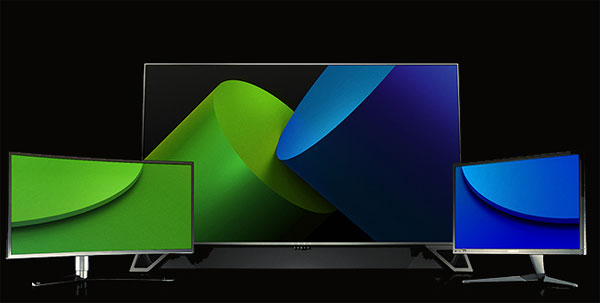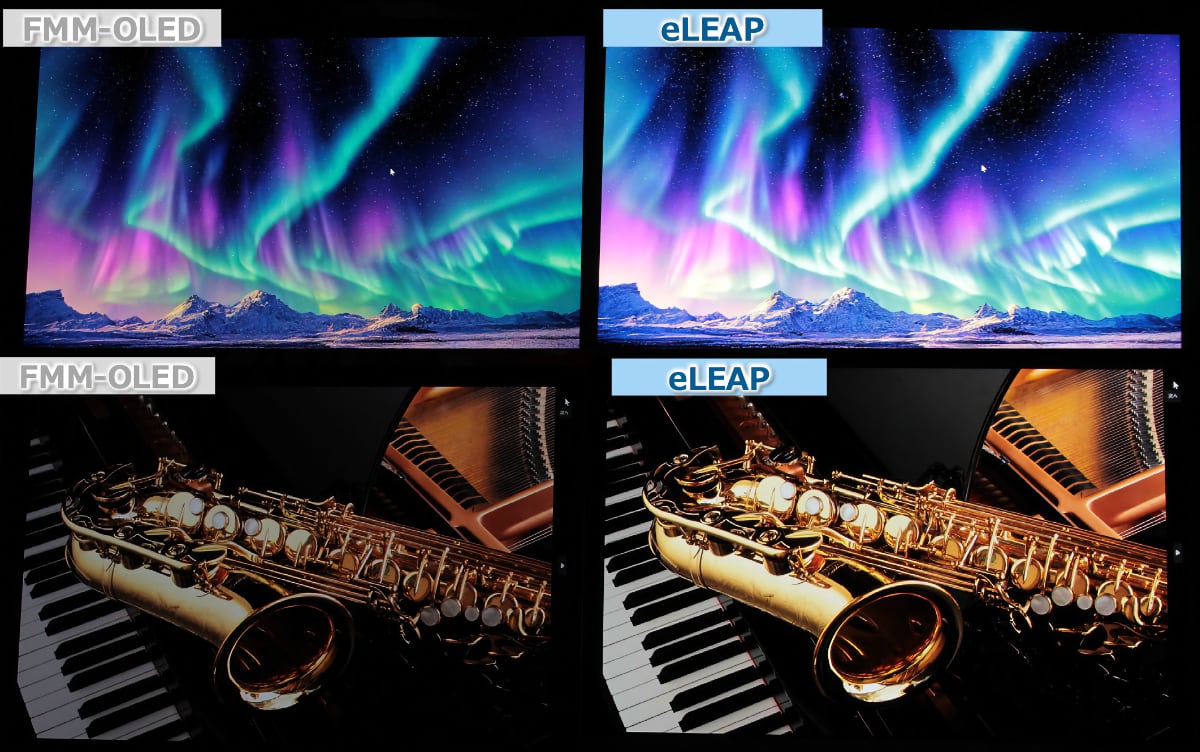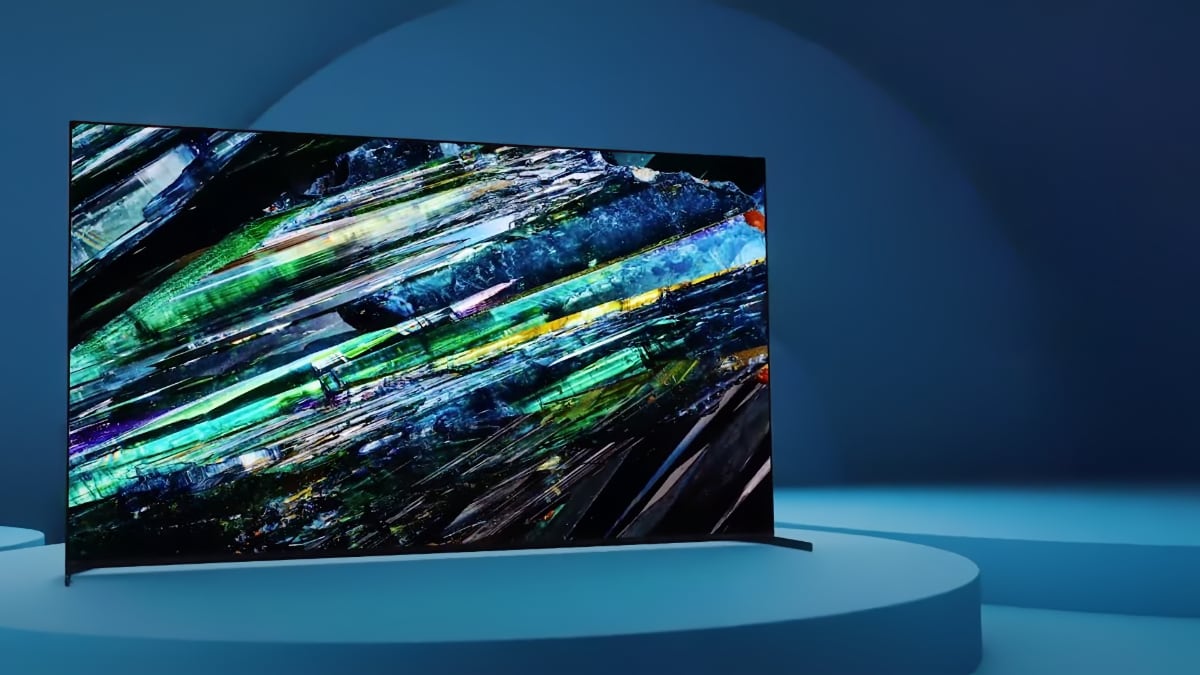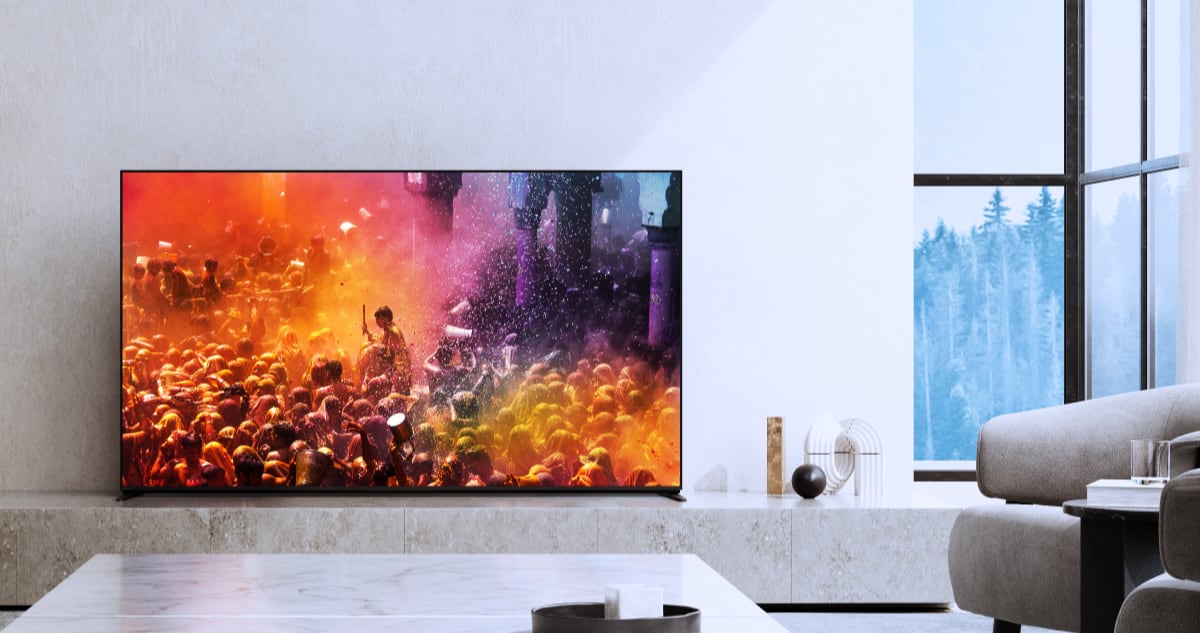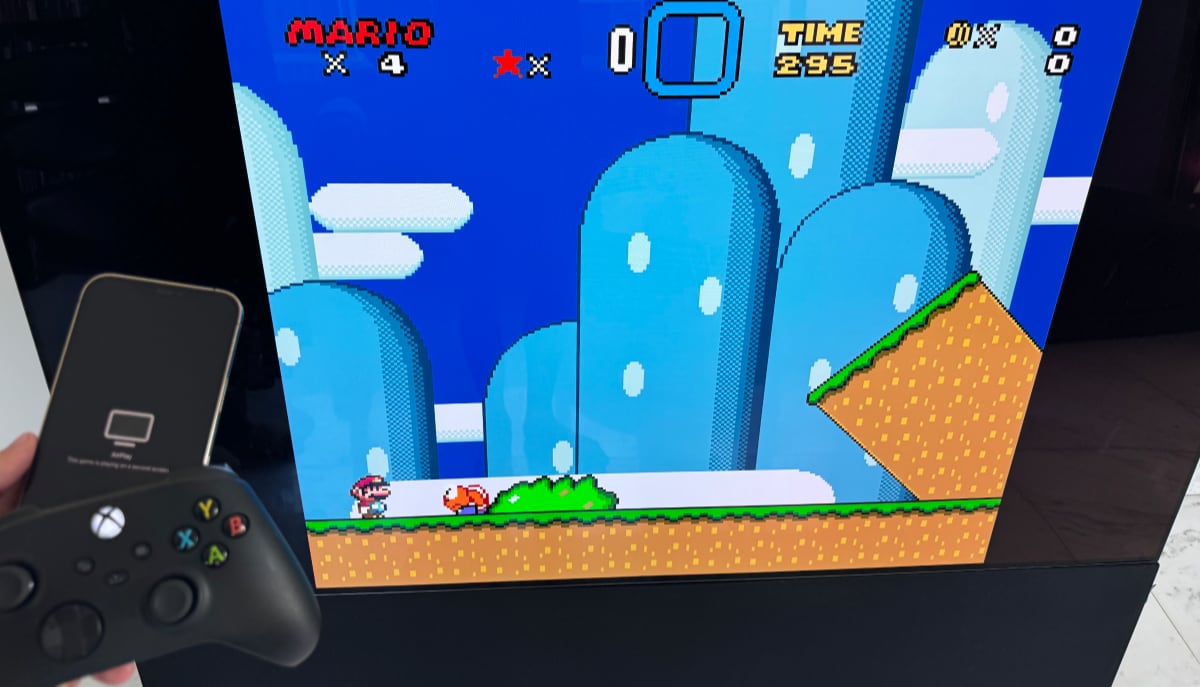The two best known variable refresh rate systems, G-Sync and FreeSync, will be a more compatible going forward. Nvidia has made it possible to use any FreeSync monitor with its 10 and 20 series graphics cards but only a handful have been tested “G-Sync compatible”.
G-Sync and FreeSync
G-Sync, developed by Nvidia, and VESA’s adaptive sync specification, better known by AMD’s marketing moniker FreeSync, have been incompatible since launch in 2013. Gamers who want to enjoy the benefits of variable refresh rate such as no tearing, smoother motion, and lower lag have therefore been forced to pair their AMD card with a FreeSync monitor or their Nvidia card with a G-Sync monitor.
With a new driver that was announced at CES and released on January 15, Nvidia GTX 10 and 20 series are now compatible with all FreeSync monitors. However, support is currently limited to DisplayPort – it does not work over HDMI.
To ensure good performance, Nvidia has begun certifying monitors. The company said that it has tested over 400 FreeSync-enabled monitors but found only 12 monitors to be good enough for its ‘G-Sync compatible’ branding. The rest will still work but not offer the same level of performance, and you must enable FreeSync manually in settings. Testing parameters include parameters such as range (2.4:1 - i.e. 60-144Hz) and flickering. More information can be found here.
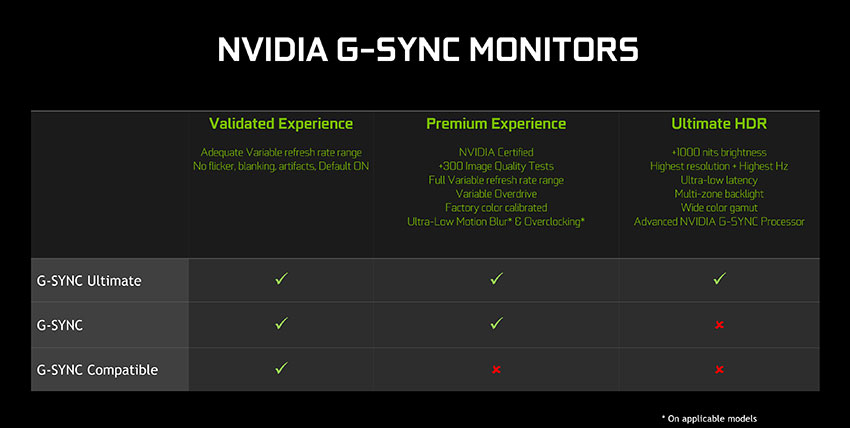
- “There are good monitors out there though, and so to bring these monitors to GeForce gamers, and expand the G-SYNC ecosystem, we’re introducing “G-SYNC Compatible”. We will test monitors that deliver a baseline VRR experience on GeForce GTX 10-Series and GeForce RTX 20-Series graphics cards, and activate their VRR features automatically, enabling GeForce gamers to find and buy VRR monitors that will improve their gaming experience,” the company said.
The timing is also interesting. Some of the gaming technologies that have been reserved for PC monitors are starting to be available in mainstream TVs. A few 2018 TVs support FreeSync and several 2019 TVs will support HDMI VRR. The obvious next step for Nvidia will be to make G-Sync compatible with HDMI VRR.
In addition, Nvidia has created a new certification tier for high-end performance. ‘G-Sync Ultimate’ will be given only to monitors that offer full range (1 to maximum Hz), “ultra low motion blur” (ULMB), the G-Sync chip, and specific HDR capabilities. We are not sure why Nvidia is trying to include HDR picture parameters in its G-Sync labeling but these monitors should nevertheless provide great gaming performance. Three displays have been certified (see table).
Nvidia’s Geforce ver. 417.71 driver is available to download now on the website
Certified ‘Nvidia G-Sync Compatible’
- Acer XFA240
- Acer XG270HU
- Acer XV273K
- Acer XZ321Q
- Agon AG241QG4
- AOC G2590FX
- ASUS MG278Q
- ASUS VG258Q
- ASUS VG279Q
- ASUS XG248
- ASUS XG258
- BenQ XL2740 |
Certified ‘Nvidia G-Sync Ultimate’
- Asus ROG Swift PG27UQ
- HP Omen X Emperium 65
- Acer Predator X27 |

